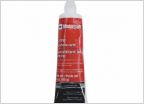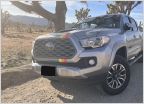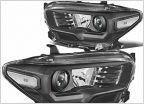-
Welcome to Tacoma World!
You are currently viewing as a guest! To get full-access, you need to register for a FREE account.
As a registered member, you’ll be able to:- Participate in all Tacoma discussion topics
- Communicate privately with other Tacoma owners from around the world
- Post your own photos in our Members Gallery
- Access all special features of the site
Speedometer vs GPS
Discussion in '3rd Gen. Tacomas (2016-2023)' started by SmileyGuy, Jul 27, 2020.


 ARB single compressor under hood mounted
ARB single compressor under hood mounted Needle Bearing vs. ECGS
Needle Bearing vs. ECGS Are the 3rd gen slip yokes greased off the line
Are the 3rd gen slip yokes greased off the line Before and After of my mall crawler…
Before and After of my mall crawler… Amazon find: **cheap** blacked out headlights
Amazon find: **cheap** blacked out headlights My Suburban Taco Build Thread
My Suburban Taco Build Thread











































































